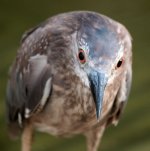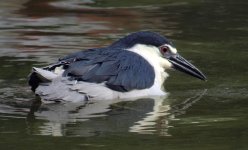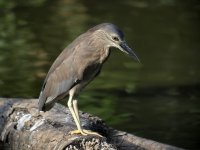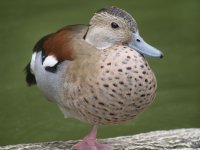The 25-50x seems to be a great eyepiece, but the large field of view of the old 20x SW and the larger exit pupil (for viewing comfort and extra brightness during dull days and dusk&dawn) make me curious. There is not a lot to be read about the 20x SW online in general or here on the forum, and it cannot be found and tested in stores anymore as it is not made anymore.
I was wondering if anyone could share his/her experience comparing both eyepieces?
Does the larger exit pupil make a big difference in brightness and, if so, in which conditions? (mainly at dusk&dawn, or also on cloudy or even bright days?)
What about sharpness? (From the very few comments about it, one or two people seem to have reported a lack of edge sharpness for the 20x, one or two other have said it was great. Thus how good/bad is it? )
)
Does the wider exit pupil and FOV also help for digiscoping?
Did you use or compare them on both the 65mm and the 80mm scopes?
Many questions, but answering any of them is already welcome of course
I was wondering if anyone could share his/her experience comparing both eyepieces?
Does the larger exit pupil make a big difference in brightness and, if so, in which conditions? (mainly at dusk&dawn, or also on cloudy or even bright days?)
What about sharpness? (From the very few comments about it, one or two people seem to have reported a lack of edge sharpness for the 20x, one or two other have said it was great. Thus how good/bad is it?
Does the wider exit pupil and FOV also help for digiscoping?
Did you use or compare them on both the 65mm and the 80mm scopes?
Many questions, but answering any of them is already welcome of course
Last edited:










